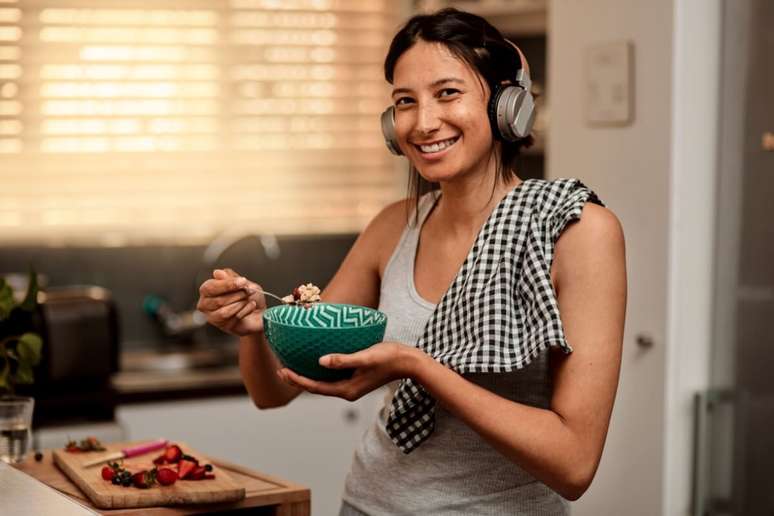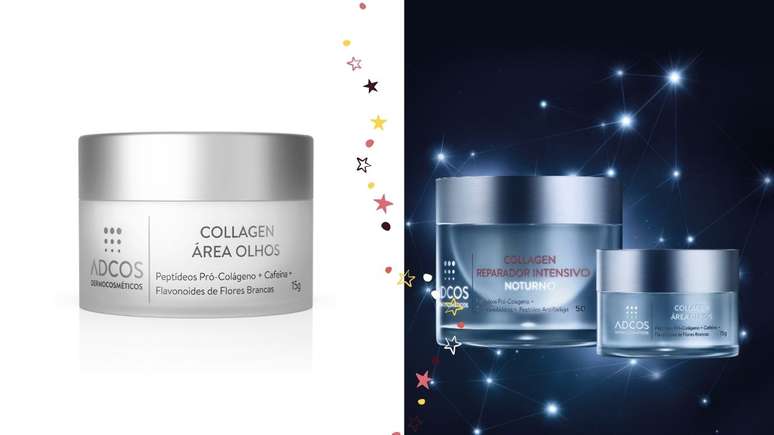Balance of practicality with nutritional quality is totally possible, even in a busy routine
Cookies, drinks and snacks are some of the examples of ultra -elaborate foods on the market and, if consumed in excess, they can lead to more serious health consequences. According to a study in Fiocruz, 10% of the deaths in Brazil in 2019 were directly related to the exaggerated consumption of ultra elaborate, for a total of 57,000 annual deaths, which is equivalent to six deaths per hour or 156 per day. The World Health Organization (WHO) even maintains a list in which it often updates the classification of ultra -elaborate foods and potential carcinogenic.
Tayná Moura Santana, a nutritionist of Amarsúde, warns that the presence of carcinogenic substances, combined with high levels of chemical additives, preservatives, dyes, stabilizers and sugar, fats and sodium have been introduced to an industrial level increase in fat and inflammation of the body. This danger can be even greater if combined with other diseases, such as obesity.
Types of ultra -elaborate foods
Tayná Moura Santana explains it Ultra -elaborate They are characterized by foods that have more industrial ingredients, including artificial substances such as aromas, dyes and emulsifiers. In addition to being rich in sugar, fat and sodium, with low nutritional value, they are still scarce in essential fibers, vitamins and minerals.
“These foods are formulated with refined and modified ingredients such as syrup, hydrolyzed proteins and hydrogenated fats,” adds the nutritionist. Common examples of ultra elaborate include:
- Soda and artificial juices;
- Package snacks;
- Stuffed crackers and industrialized biscuits;
- Sausages (sausage, ham, mortadella, salami);
- Instant noodles;
- Sugary morning cereals;
- Ready frozen dishes (lasagna, pepper, industrialized hamburgers).
Stay tuned to the food label
It is common to see in the market gondolas the numerous packaging of the ultra elaborate ones who, according to Tayná Moura Santana, due to aggressive marketing, “are usually promoted as practical, tasty and convenient”. However, it is essential that the consumer is aware of the composition, giving priority to other snacks, especially if the intention is the practicality of everyday life.
“When choosing a snack greetIt is important to evaluate its nutritional composition, avoiding excess sugar, sodium, bad fats and artificial additives. Read the list of ingredients, check the amount of sugar, sodium and fat content “, recommends the nutritionist.
One of the most present traps in ultra -elaborate food packages is in the words “healthy”, “light”, “protein” and “zero”. These terms can induce the consumer to invest in a food that, in their composition, often says the opposite. Therefore, the key is the nutritional table and the list of ingredients.
“Less ingredients, better it is. You prefer those with whole foods (such as nuts, dried fruits, seeds and whole grains). Avoid difficult names: ingredients such as glucose syrup, maltodextrin, monosodic glutamate, artificial dyes and preservatives indicate processing.”, He explains The professional.
Choose healthier options

Although it looks like a challenge in the haste of everyday life, it is possible to invest in healthier and more practical choices. “Regular consumption of snack Health can have a significant impact on long -term health, helping to prevent chronic diseases and promote general well -being. Those snackWhen balanced nutritionally, they provide energy, essential nutrients and contribute to more coherent and healthy eating habits “, explains the professional of Amarsa’s nutrition.
In practice, it is possible to prevent cardiovascular diseases, diabetes Type 2 and obesity, in addition to cancer itself, as there is a control of blood sugar levels and the maintenance of body weight. The nutritionist recommends that there is a time dedicated in advance to set the snacks. Some options may be:
- Fresh or dried fruit (without added sugar);
- Walnuts, almonds and nuts (without salt or artificial spices);
- Natural yogurt (without sugar) with chia and homemade Muesli;
- Homemade popcorn with small salt and olive oil;
- Carrot sticks, cucumber or cherry tomatoes with homus;
- Egg boiled;
- Dark chocolate (minimum 70% cocoa, without added sugar).
When buying Snack, the professional recommends being aware of the following points:
- List of ingredients: You prefer lists of short and whole foods, avoiding difficult names;
- Quantity of sugar: opt for snack with a low added sugar content (less than 5 g per portion) and avoid artificial sweeteners;
- Fat content: Choose options with healthy fats, avoiding trans fat and hydrogenated;
- Sodium: You prefer options with less than 200 mg of sodium by portion;
- Fiber: Opt for snacks with at least 3 g of fiber per portion.
With the right foods it is possible to create a healthy diet. “Balance the practicality with nutritional quality is totally possible, even in a busy routine. The key is to invest in planning, choose minimally transformed foods and always have practical options”, concludes Tayná Moura Santana.
By Nayara Campos
Source: Terra
Ben Stock is a lifestyle journalist and author at Gossipify. He writes about topics such as health, wellness, travel, food and home decor. He provides practical advice and inspiration to improve well-being, keeps readers up to date with latest lifestyle news and trends, known for his engaging writing style, in-depth analysis and unique perspectives.








